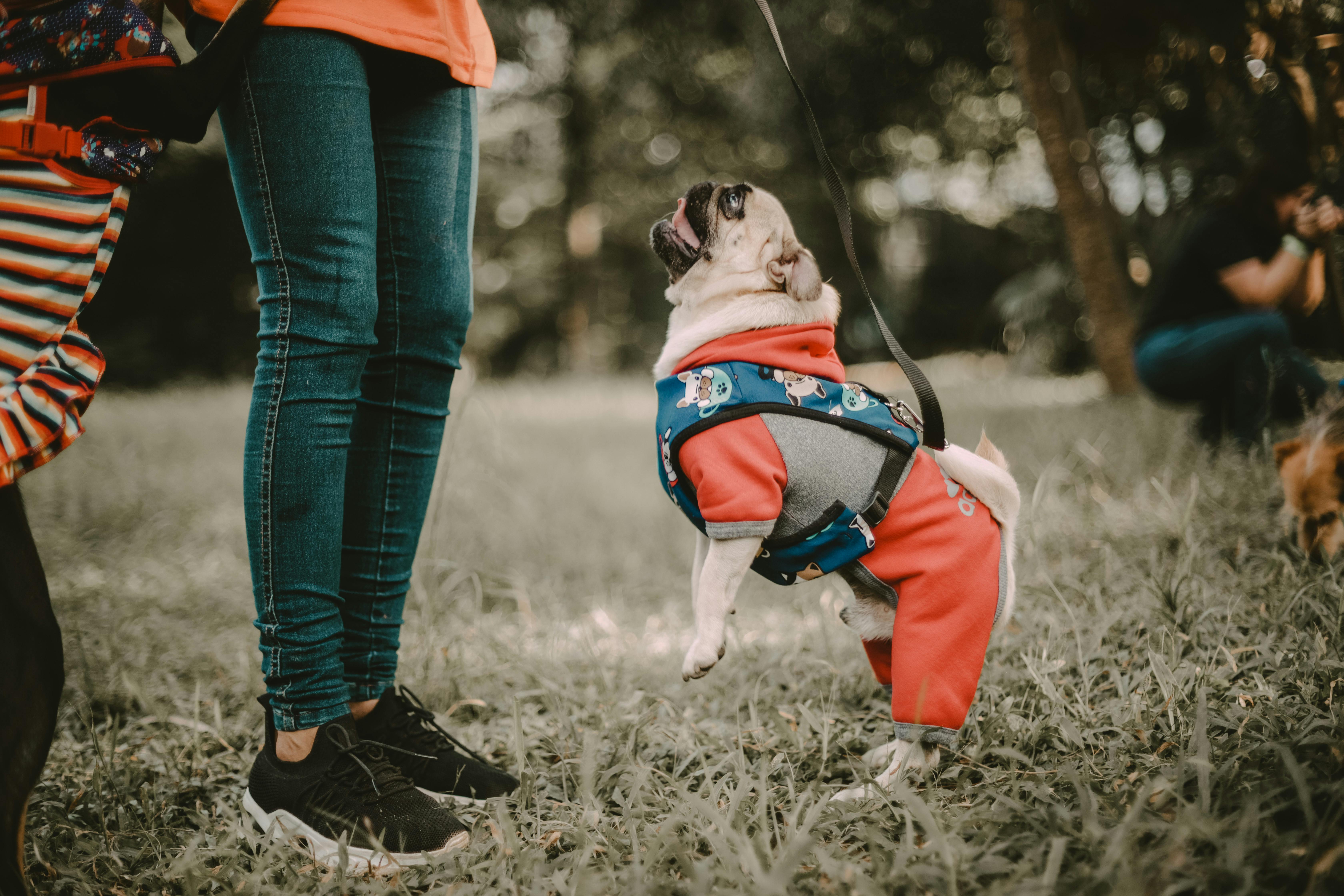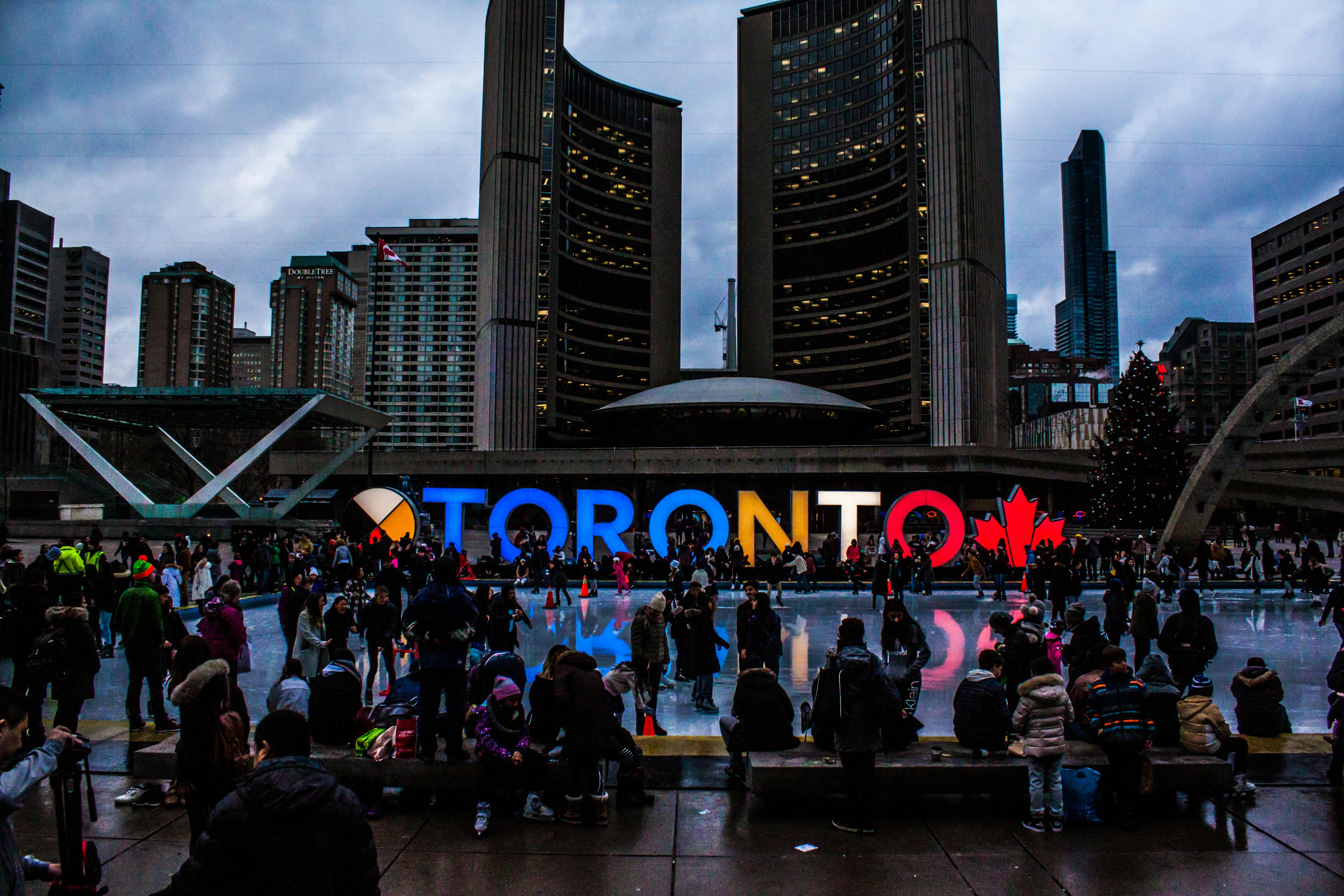
A. We often use the present simple and present continuous in stories and jokes in informal spoken English to create the impression that events are happening now. This can make them more direct and exciting and hold people's attention:
- She goes up to this man and looks straight into his eyes. He's not wearing his glasses, and he doesn't recognise her.
- This man's playing golf when a kangaroo bounds up to him, grabs his club and hits his ball about half a mile.
The main events are usually described in sequence using the present simple and longer background events are described using the present continuous.
In narratives and anecdotes, the present simple can be used to highlight an event. Often it is used after past tenses and with a phrase such as suddenly or all of a sudden: I was sitting in the park, reading a newspaper, when all of a sudden this dog jumps at me.
B. We also use the present simple and present continuous in live commentaries (for example, on sports events) when the report takes place at the same time as the action:
- King serves to the left-hand court and Adams makes a wonderful return. She's playing magnificent tennis in this match.
C. We can use the present simple in phrases such as It says here, I hear, I gather, I see, I understand and They say, (Someone) says, (Someone) tells me to introduce news that we have heard, read, seen (e.g. on television), or been told. We can also use past tenses (e.g. It said here, I heard):
- I gather you're worried about Ken.
- Jane tells me you're thinking of emigrating.
- Professor Otto is at the conference and I hear she's an excellent speaker.
D. The present simple is often used in newspaper headlines to talk about events that have recently happened:
- QUAKE HITS CENTRAL IRAN
- FOREIGN MINISTER RESIGNS
- SCIENTISTS FIND BRIGHTEST STAR
- FIRE BREAKS OUT IN HOTEL ROOM
We can use the present simple to refer to the contents of books, films, newspapers, etc:
- Thompson gives a list of the largest European companies in Chapter Six.
- At the beginning of the book, three men find $4 million in a crashed plane.
- In the film, Joan Smithson takes the role of a private detective.
E. We can use the present continuous with adverbs such as always, constantly, continually or forever to emphasise that something is done so often that it is characteristic of a person, group or thing:
A: I think I'll stay here after all.
B: You are constantly changing your mind.
We often use this pattern to indicate disapproval. The past continuous is used in a similar way with these adverbs (e.g. Was Kath always asking you for money, too?).
We can use the present continuous to describe something we regularly do at a certain time:
- At 8 o'clock I'm usually driving to work, so phone me on my mobile
- 7 o'clock is a bit early. We're generally eating then.
F. We can use the present (or past) continuous rather than the present (or past) simple with the verb wonder if we want to be especially friendly or polite, particularly if we are unsure about the other person's feelings towards something or how they will react to what we say:
You said that there were only 50 books in the boxes. I'm just wondering/ I was just wondering whether you counted them all. (more polite than I just wonder.. .)
Try this exercise to test your grammar.
Ready to elevate your teaching career?
Join thousands of certified educators worldwide who have transformed their careers with our internationally recognised teacher training programs.










.png)
Feedback
Total score is 2 out of 5 (25%)
C1-C2 Grammar : Present Continuous and Present Simple (Part 2)
Choose the correct word.